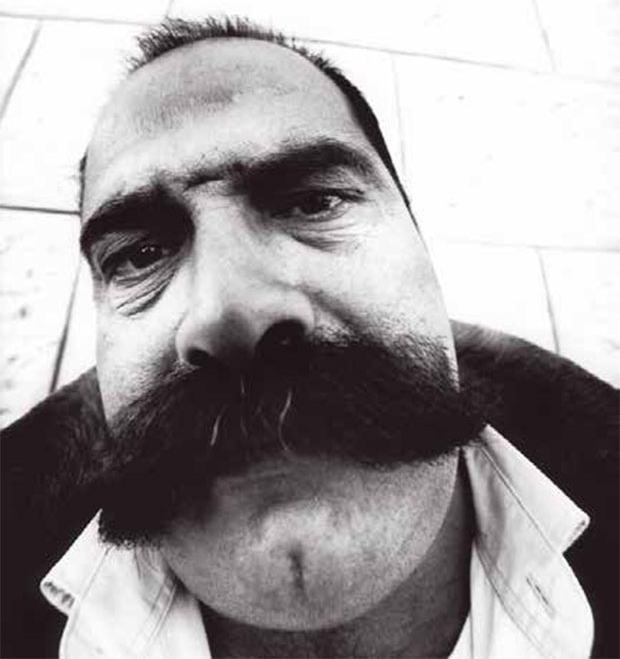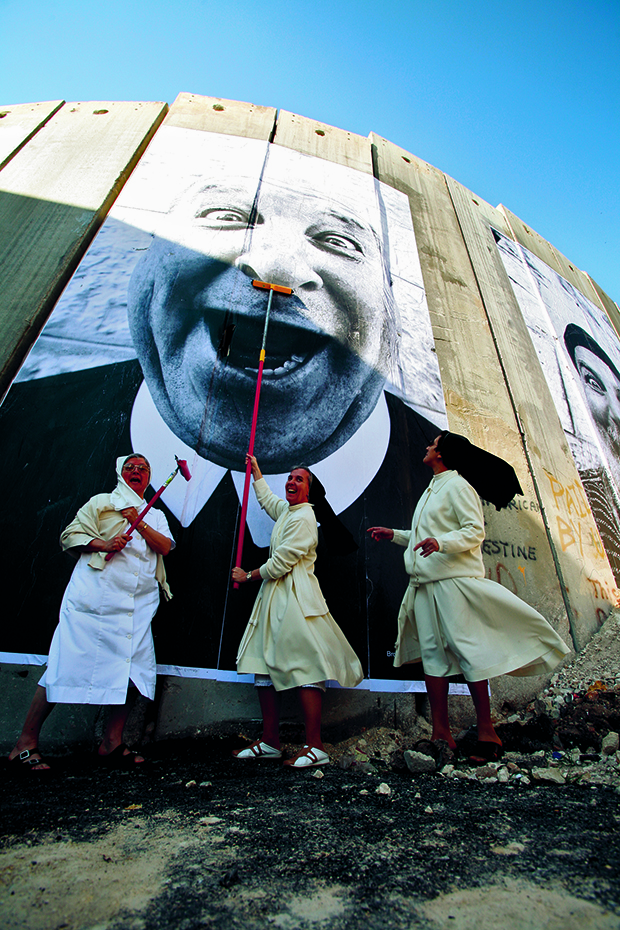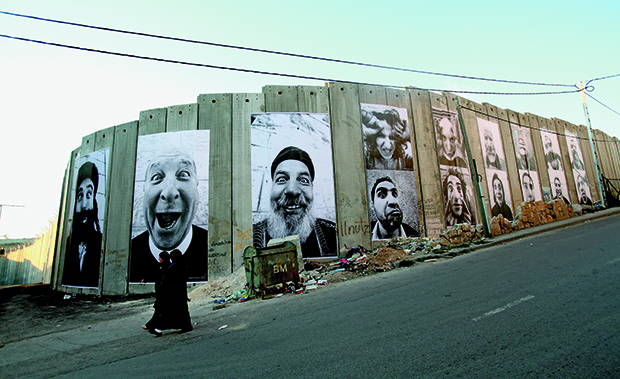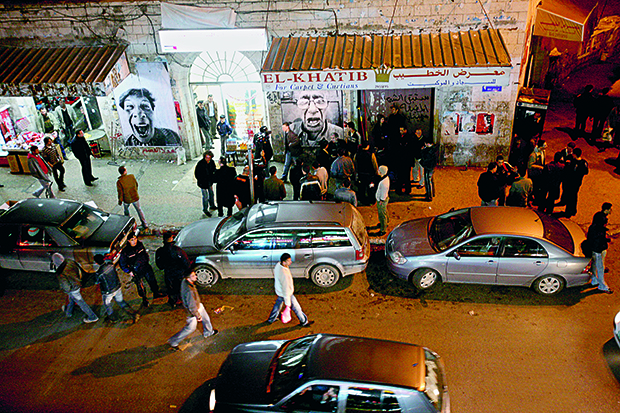
The one photo that got JR into trouble
From Brazil’s favelas to the West Bank, only one picture has got the artist into hot water. Can you guess why?
JR is, in ways, more intrepid than your average foreign news correspondent. The artist has spent weeks in the favelas of Brazil and the slums of East Africa creating his communal art projects that combine public art portraiture and social practice.
Despite the perceived hostility of these communities, the artist says he never experiences the kinds of problems westerners sometimes associate with these places. Instead, “when you get into people’s lives, into small communities, they tend to ask me ‘what do you want?” he tells us.

However, there was one occasion, back in 2007, when he did run into a little friction. It was when he was working on his Face 2 Face project in Israel and the West Bank. The artist’s proposal was as smart as it was simple. He chose to shoot pairs of portraits depicting an Israeli and a Palestinian occupying the same walk of life. There were photographic diptychs of school children and sculptors, athletes and professors - each from a different side of the Palestinian-Israeli conflict.
JR pasted these paired portraits up in locations on either side of the Separation Wall. The artist did not annotate the images, and so passers-by had to guess which face belonged to which side of the conflict. Despite the huge perceived differences, JR proved that little, visually, separated these two communities. Indeed, it was the proximity of one portrait that led to problems.
“I had pasted up two photographs of security guards, and for some reason, the Palestinian guard didn’t want to speak to me,” the artist recalls. “He was really mad and I didn’t know why.”

Fortunately, the discord did not arise from a wider conflict, but from familial relations. “I eventually found out that I had pasted his photo outside his step-parents’ window!” JR smiles. “So whenever they opened their curtains they saw his huge moustached face, laughing.”
In this instance, he was able to salve relations, yet JR doesn’t necessarily dislike these sort of tribulations, as they often improve his projects.
“All places have their own difficulties,” he says, “but it’s a challenge. That’s when you find yourself pushing boundaries. That’s what makes it interesting for an artist and for the people. That creates more links between people. That extra fight is always worth it, because the art is then better.”

Want to know more about this important artist’s life and work? Then get a copy of his new monograph JR: Can Art Change the World? here. But be quick, it's selling really fast. . .